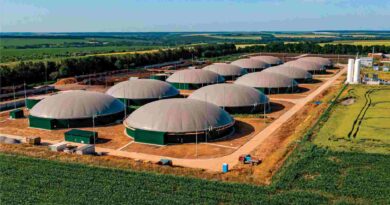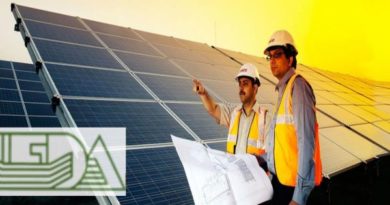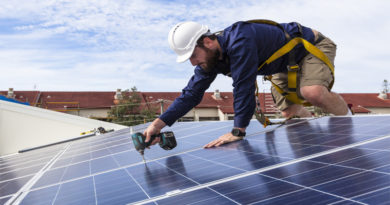A Bacteria that can Boost Solar Panels on a Cloudy Day
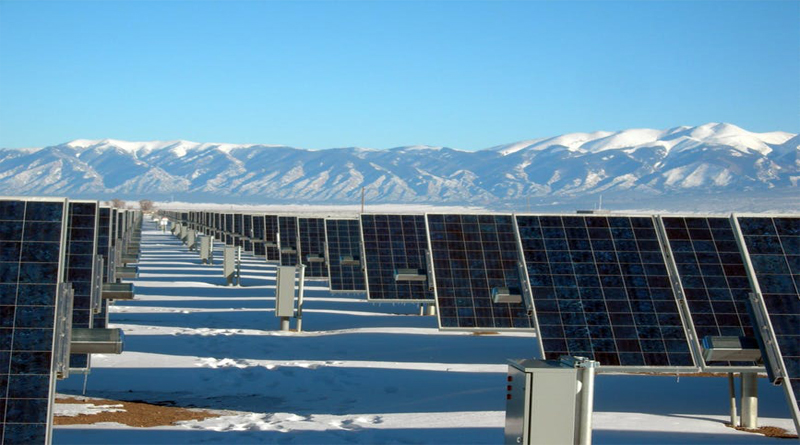
Scientists from the University of British Columbia have developed a genetically engineered bacterium that uses dye to convert light to energy. A development they claim could substantially boost solar panels even on dark and cloudy days, presented in the scientific journal ‘small’.
They claim their cheap, sustainable solar cell made from E. coli, aptly named “biogenic” solar cell since it’s made from living organisms, even though not the first experimental biogenic solar cell, is still very different from the others. It is said to have produced a more powerful current and works equally well in dim light as it does in bright light.
“British Columbia aspires to be one of [the] leading de-carbonized economies of the world,” said Vikramaditya Yadav, a professor in the University of British Columbia’s department of chemical and biological engineering. “Reliable generation and supply of clean energy is key to achieving this objective, and solar energy is a leading candidate for de-carbonization of the energy sector. However, British Columbia’s typically dreary winter skies impose unique requirements on the photovoltaic materials to be used for harnessing solar energy.”
However, it might be hard for these biological cells to independently match the efficiencies of the commonly used silicon-based solar cells. But, in due time, the team believes these solar cells could enhance the performance of conventional solar modules in darker/low-light settings.
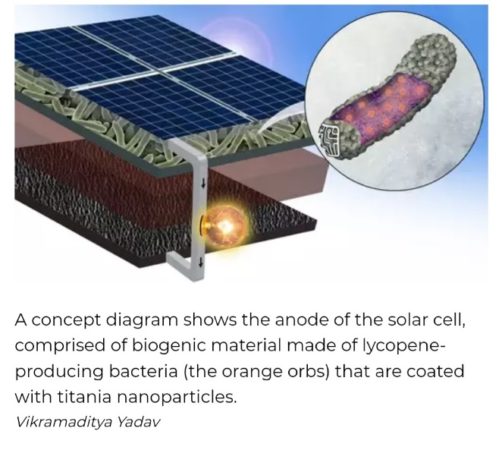 “We believe that biogenic solar cells will be a useful complement to inorganic solar cell technology,” Yadav said. “Even in its infancy, the technology has already thrown up some promising applications. Exploring low-light environments such as mines requires the use of sensors that could be powered with biogenic cells such as the one we have developed.”
“We believe that biogenic solar cells will be a useful complement to inorganic solar cell technology,” Yadav said. “Even in its infancy, the technology has already thrown up some promising applications. Exploring low-light environments such as mines requires the use of sensors that could be powered with biogenic cells such as the one we have developed.”
Explaining how the team decided to engineer around the bacterium so that it generated more of the ‘lycopene’ dye instead of initially extracting the dye from the bacteria, Yadav said, “Most DSSCs (dye-sensitized solar cell) suffer from some clear limitations.”
“Extraction of the dye from the natural source requires the use of toxic solvents and energy, and the sensitivity of the dyes to lights results in significant degradation even before they are introduced into the solar cell. Our development directly addresses these limitations and seeks to make solar cell manufacturing, particularly for use in low-light environments, more affordable,” he added.
Still, a first generation prototype that will need significant improvements before it can reach the levels of silicon solar cells that can deliver about 25 times the current density of the bacterial-based solar cell. The team is dedicated to work on and improve their biogenic solar cell.
copyright:iamrenew.com

